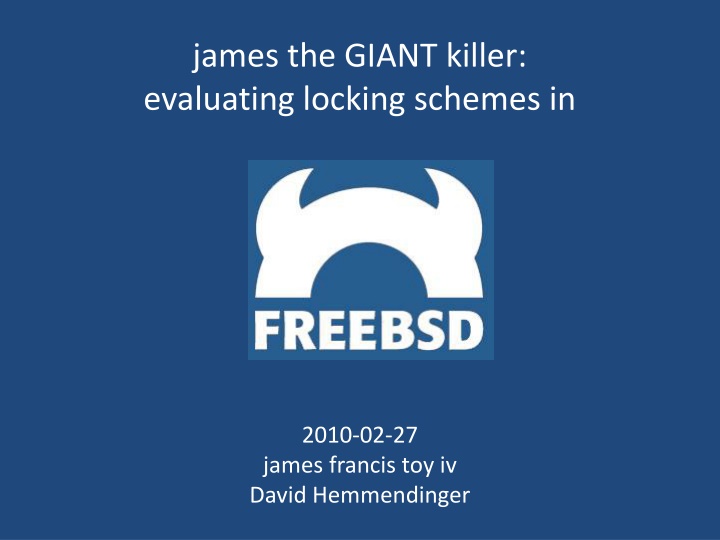Unit 9 Section A for Period 2 Learning
In this lesson, students will delve into the content of Unit 9 Section A for Period 2, engaging with key concepts and activities to enhance their understanding. The material covered will offer insights into important topics, encouraging active participation and critical thinking in a structured learning environment. By focusing on this segment, learners can deepen their knowledge base and apply new skills to their academic pursuits effectively.
Download Presentation

Please find below an Image/Link to download the presentation.
The content on the website is provided AS IS for your information and personal use only. It may not be sold, licensed, or shared on other websites without obtaining consent from the author.If you encounter any issues during the download, it is possible that the publisher has removed the file from their server.
You are allowed to download the files provided on this website for personal or commercial use, subject to the condition that they are used lawfully. All files are the property of their respective owners.
The content on the website is provided AS IS for your information and personal use only. It may not be sold, licensed, or shared on other websites without obtaining consent from the author.
E N D
Presentation Transcript
james the GIANT killer: evaluating locking schemes in 2010-02-27 james francis toy iv David Hemmendinger
Purpose Evaluate current locking scheme in FreeBSD See if the locking methods can be improved Evaluate both methods and form conclusions
WAIT! why do we need locking? Race conditions bad dog Threads race each other on context switches Possible incorrect result : bda dog (interleaving) Alternative correct result: dog bad
when it matters The most important things is correct results Incorrect code on kernel level (close to the metal) can result in other userland applications yielding incorrect results. In some cases incorrect code can lead to death Therac: typing command sequences so fast input data was being corrupted resulted in overexposure to radiation.
OK; so what is a GIANT_LOCK? What the kernel currently uses for locking!
GIANT_LOCK GIANT_LOCKs only allow one thread in the kernel at a time This is the simple solution; however, it inhibits concurrency! Why concurrency is important with Symmetric Multi-Processing Logical concurrency w/o SMP Is there a better solution? kernel log sysctl virtual mem scheduler
Fine Grained Locking (FGL) Locks only go around shared data structures : critical sections in subsystems Seldom do threads bombard a specific subsystem (kernel design issue) Developer communities currently always favor FGL implementation If everything is FGL then concurrency is promoted from the smallest subsystem to the largest kernel log sysctl sche d mem
GIANT_LOCK vs. FGL GIANT_LOCK is safe! Guarantees no race and no deadlocks Problem: Inhibits concurrency! Fine grained locking promotes concurrency Problem: Complexity? Possible Problem: Deadlocks? (subsystems mutually exclusive) Possible problem: locking overhead (how long FGL takes) Will this pay off? May depend on the subsystem Will the FGL code present a maintenance problem?
DESIGN: locking in BSD land Tools of the trade (sleep locks, read locks, read write locks) Two separate branches in a version control system GIANT_LOCK Fine Grained Locking Specific subsystems being targeted and why Klog prints kernel events -- low traffic Sysctl manages kernel variables -- higher traffic
DESIGN: method of evaluation (comparison of FGL and GIANT) (control) Tests designed to hit specific subsystems (FGL a win?) multi-threaded make Kernel event character device (locking profiler) 1. Set sysctl variable 2. Running thread(s) 3. Unset sysctl variable TOO MUCH data sysctl klog
Correctness and how I achieved it Correctness Race conditions arise from writing to a shared resource Readers share a lock Writers pick up exclusive lock Process New branch of code Replace GIANT entry with fine grained locks Rebuild kernels in both configurations cron runs build test scripts (automated builds and profiling)
RESULTS : SYSCTL tests S 140000 120000 100000 80000 GIANT FGL 60000 40000 20000 SUCCESSIVE TESTS 0 kernel builds with 128 threads
Conclusions Sysctl did produce data that strongly support the initial hypothesis. 1/2% system increase of throughput (one small step) Max time saved ~30 seconds (2 hrs build) Klog test did not produce useful data because the locking mechanisms are around a device node not a msg_buffer. Extending FGLs to more subsystems means more throughput.
:: what really matters :: Goal was to determine if: FGL is detrimental to the system (complication) FGL is significantly faster than GIANT_LOCKING in a small subsystem like sysctl. Locking methods are a very important to SMP Running as close to the metal as you can get If this fails to be correct or efficient the rest of the programs run on the system fail too! The FGL implementation should scale well.





















